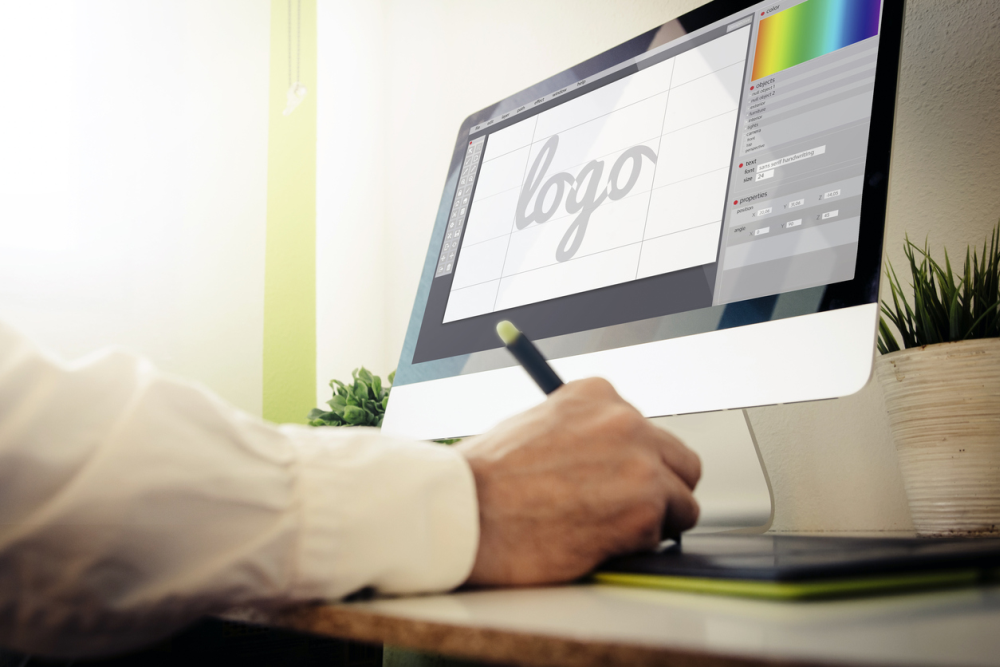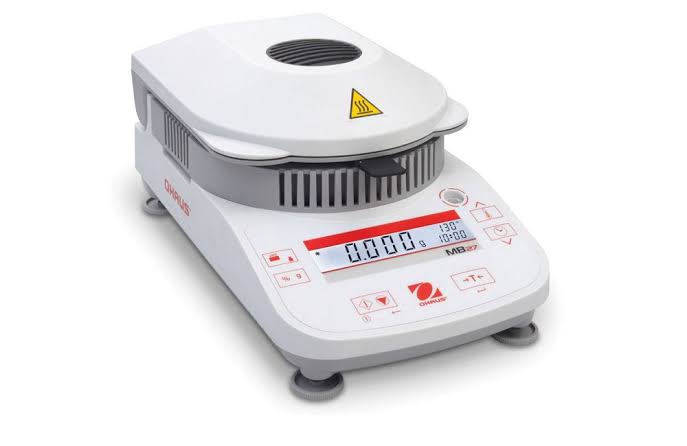In today’s digital-first world, a compelling logo is no longer a luxury—it’s a necessity. Whether you’re launching a startup, redesigning an existing brand, or simply experimenting with a side hustle, a powerful logo can do more than just look good. It communicates your brand identity, builds trust, and often serves as the first impression for your audience. So, how do you create a logo that ticks all the right boxes in 2025?
Let’s break it down.
Why Your Logo Matters More Than Ever
Think about the logos you see daily—Nike, Apple, McDonald’s. Even without a single word, you instantly recognize the brand. That’s the power of visual identity. A logo isn’t just a piece of art; it’s a psychological trigger. It builds credibility, communicates values, and even influences purchasing decisions.
According to a 2024 design trends report, 81% of consumers said they were more likely to trust a business with a well-designed logo. That’s huge. In a sea of digital noise, your logo is a lighthouse.
The Evolution of Logo Design in 2025
Design trends have shifted rapidly over the past decade. What was modern in 2015 now feels dated. Here are the biggest changes we’ve seen in logo design entering 2025:
- Minimalism with Depth: Flat designs are getting smarter—think subtle shadows and layered gradients.
- AI-Powered Tools: You no longer need to hire an expensive designer. Tools that let you create logo with AI guidance now produce stunning results in minutes.
- Responsive Logos: Brands are crafting logo systems that adapt to different platforms—like Instagram icons, website headers, and app splash screens.
Your logo needs to keep up with these trends, or risk looking outdated.
Before You Create: Know Your Brand Inside Out
A common mistake? Jumping straight into designing without clarity. Before you even touch a design tool, answer these five questions:
- What does my brand stand for?
- Who is my target audience?
- What feeling do I want my logo to evoke?
- Who are my competitors, and what do their logos look like?
- Where will my logo appear most frequently?
Clarity on these will guide your choices in color, typography, and shape. A sports logo for Gen Z audiences will look dramatically different from a luxury skincare logo aimed at women aged 35–50.
Elements of a High-Impact Logo
Let’s explore the foundational components:
1. Typography
Fonts can communicate tone. Serif fonts give a classic, trustworthy feel; sans-serifs feel modern and clean. Handwritten styles evoke emotion and personality. Typography should be legible and scalable.
2. Color Palette
Colors influence mood. Blue builds trust (popular with finance and tech). Red evokes energy (great for food and sports). Green suggests growth and health. Choose no more than 2–3 primary colors.
3. Iconography
Should you use an icon? It depends on your brand. Icons are great for app startups or products with limited space. Think about the Apple logo—it’s universally recognizable without any text.
4. Scalability
Your logo needs to look great on a giant billboard and a tiny social media icon. Test it at multiple sizes.
5. Uniqueness
Avoid clichés like generic swooshes or overused fonts. Make your mark stand out, even if it means breaking the rules.
DIY vs Hiring a Designer
Both options have their pros and cons.
Hiring a Designer
- ✅ Custom, professional quality
- ✅ Strategic brand input
- ❌ Costly (freelancers can charge $300–$3000)
- ❌ Longer turnaround time
DIY Tools
- ✅ Budget-friendly or free
- ✅ Fast (minutes to hours)
- ✅ Beginner-friendly AI suggestions
- ❌ May lack deep brand strategy
If you’re just starting out or testing a concept, using a tool to create logo is the smart move. Platforms like Adobe Express offer easy drag-and-drop features, color palettes, font choices, and AI-powered suggestions—all without needing design experience.
The Process: How to Create a Logo from Scratch
Even if you’re using a tool, a clear process helps:
Step 1: Brainstorm Concepts
Jot down words, emotions, colors, and symbols tied to your brand. Think metaphorically—e.g., a mountain could represent strength or ambition.
Step 2: Sketch or Prototype
No need for perfection. Just sketch rough ideas or use templates from online generators.
Step 3: Pick the Right Tool
Choose a platform that allows customizations, high-res downloads, and scalability. Adobe Express is a top choice for its pro-quality outputs and user-friendly interface.
Step 4: Refine the Design
Test different fonts, layouts, and color schemes. Keep iterating.
Step 5: Get Feedback
Show your logo to at least 5 people in your target audience. Ask: What does this logo make you feel? Can you remember it?
Step 6: Finalize and Export
Save your logo in multiple formats: PNG for transparency, SVG for scalability, and JPG for web use.
Logo Mistakes to Avoid
Even good intentions can go wrong. Here are mistakes to sidestep:
- Too Complex: A busy logo won’t scale well and becomes hard to remember.
- Copying Trends Blindly: Trends fade. A timeless design ensures longevity.
- Ignoring Color Psychology: Don’t just pick colors you like—choose ones that align with your message.
- No Backup Versions: Have versions for light and dark backgrounds.
- Illegible Fonts: Prioritize clarity over creativity in typography.
Real-World Case Studies
1. Airbnb
Originally a generic blue wordmark, Airbnb rebranded in 2014 with the “Bélo” symbol—a stylized “A” that doubles as a heart and a location pin. It’s scalable, emotional, and instantly recognizable.
2. Dropbox
Transitioned from a literal “box” icon to a more abstract design that emphasized creativity and simplicity. Proof that evolution is often necessary.
3. Glossier
Their minimalist logo mirrors their sleek beauty products, making them feel modern and aspirational. Simplicity = premium.
Each brand tailored their logo to their values and audiences. You should too.
Advanced Tips for Business Owners
- Trademark It: Once finalized, consider trademarking your logo to protect your intellectual property.
- Integrate Across Platforms: Use it consistently across your website, packaging, invoices, social media, and email signatures.
- Create a Brand Kit: Save time and confusion later by defining your logo’s exact hex colors, fonts, and spacing rules.
- Animate It: Animated logos add a touch of personality, especially on websites and video content.
What Happens After the Logo?
A logo is the start—not the end—of branding. Once your logo is in place, build your identity around it. Design business cards, create social media templates, update your website theme, and craft a brand voice. Your logo should be the heart of a cohesive visual language.
If you used a tool to create logo, most platforms now offer additional templates for brochures, Instagram posts, and even pitch decks. This keeps your branding aligned across all mediums.
Final Thoughts
A strong logo is like a firm handshake—it builds trust, communicates intent, and sets the tone. In 2025, with AI tools and smarter design systems, you no longer need a design degree to create something great. Whether you’re just starting out or refreshing your identity, take the time to make your logo count.
Don’t rush the process, don’t ignore the research, and never underestimate the power of simplicity. Because when it comes to branding, your logo isn’t just a graphic—it’s your promise to the world.
Read more: Dan Quayle Net Worth – From Vice President to Private Sector Influence




